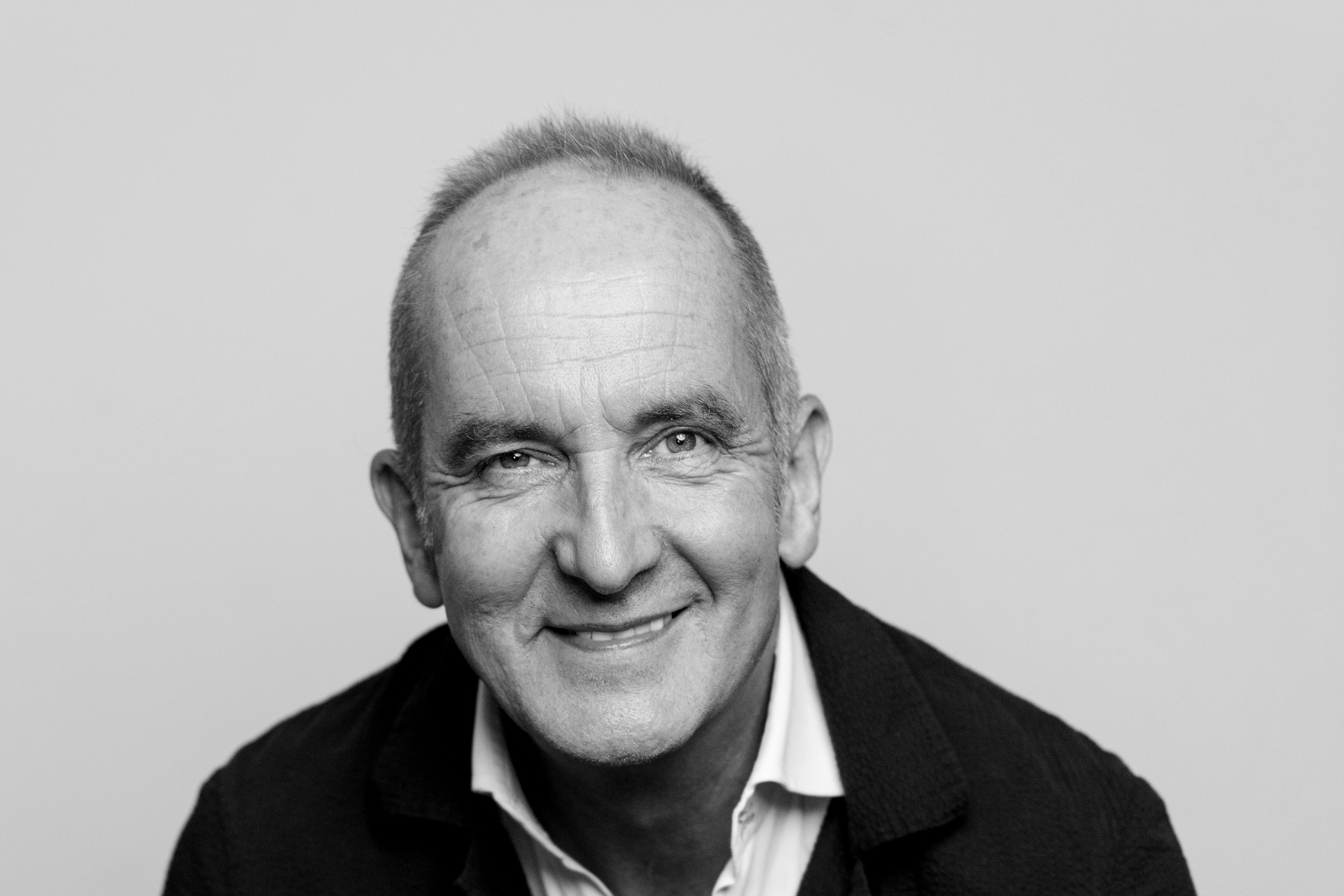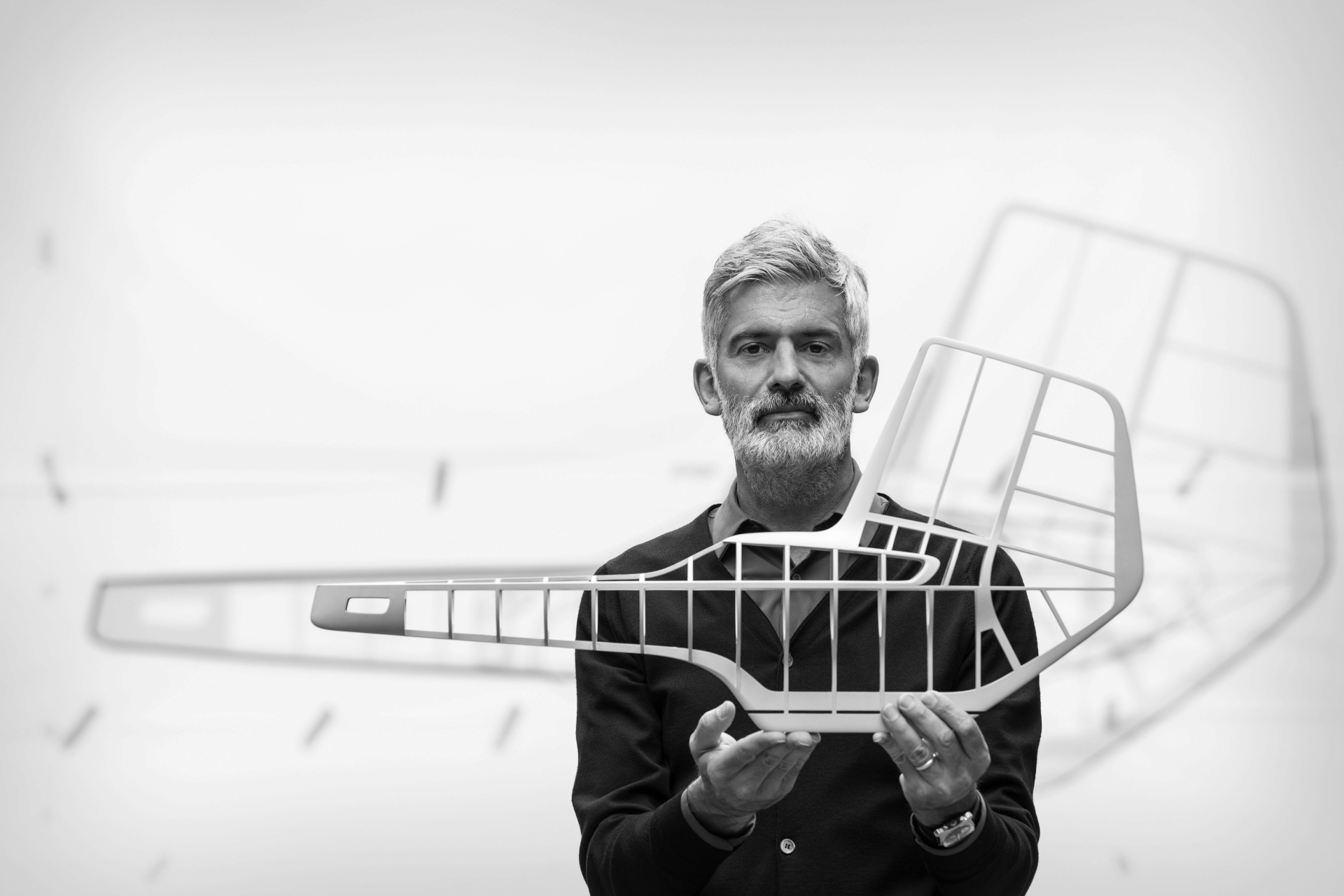Nature & Architecture: A Beautiful Synthesis
On March 26, Luxury Defined Live welcomed three expert panelists to its premiere public webinar
On March 26, Luxury Defined Live welcomed three expert panelists to its premiere public webinar
Recently, Christie’s International Real Estate inaugurated its Luxury Defined Live webinar series with a Europe-based program, “Nature and Architecture: A Beautiful Synthesis.” The interactive session featured three internationally regarded contributors in the field of contemporary “green” design and architecture:
Kamilah Ramji of Christie’s International Real Estate moderated and introduced the speakers, inviting them to hold forth on what constitutes “luxury” in a modern, responsible context. Following are highlights of each participant’s remarks.
Kevin McCloud’s Circular Journey

Kevin McCloud began his discussion with the rhetorical question of how to define luxury. He wryly volunteered that he had just consumed a Marks & Spencer “luxury hot cross bun” for breakfast, suggesting that perhaps the “luxury” modifier denoted the fact that the pastry was made with pure dairy butter rather than palm oil or a modified animal fat. His conclusion: luxury in this context describes a minimum standard of quality or decency.
McCloud also observed that many perceive of luxury by way of identifiable brands, whether an Aston-Martin automobile or a Le Corbusier residence. But he was careful to point out that “luxury” is not merely the expenditure of money to surround oneself with name brands, but rather the appreciation of the craftsmanship and standards that are implicit in the product. He further explored the concept by suggesting that there is also a necessary note of happiness or joy in the luxury experience. McCloud then posited that the concept of choice can be regarded as a form of luxury: one could, for example ideally choose where and how to go swimming, whether at a public pool or in a lake or river, or in one’s own custom-built lap pool, which could even be further “chosen” to embody eco-friendly means of filtration.
Freedom was another luxury signifier for McCloud—freedom to find the time to engage in pursuits that one wishes to follow, including deriving pleasure in using real materials rather than synthetic ones. Following that cue, he suggested that there is a sense of timelessness when one engages in using natural materials in day-to-day living and in one’s home. He mentioned several important influencers, such as Tony Garnier, cited in Le Corbusier’s Towards a New Architecture, and Richard Sennett’s The Craftsman in order to emphasize certain concepts of organicism. For Garnier and Le Corbusier these concepts embodied two datums when creating buildings—the human figure and the tree. Sennett is known for his assertion that playfulness is a key component in building and craftsmanship.
Finally, McCloud suggested that perhaps an ultimate form of luxury living is to trace a path from being a mere consumer to that of a client and, finally, a patron when engaging in the creation of built personal spaces or possessions. By literally interacting with and supporting an architect or craftsman, McCloud said, an individual can enjoy the luxury of truly participating in the creation of a responsible living space—ideally characterized by the use of natural materials capped with a gesture such as the planting of a tree (McCloud asserted that tree planting has become not only a metaphorical ecological action but is also a literal one, coming full circle when one uses wood to build a house—thereby removing carbon dioxide from the atmosphere, and then planting a tree, which can serve to abate dust, cool the air, and create habitat.)
Robert Lumme’s Cyclic Imperative

Robert Lumme began his presentation with the question he always asks of clients: “How do you want to live in your house?—or, more specifically, how do we want to build our house?” He observed that nowadays not only must we consider the basic needs of privacy and comfort, but also those of self-expression and protection—not just self-protection but environmental protection. For Lumme, that is the challenge of our times: In the last 50 years the world’s population has more than doubled, and the amount of emitted carbon dioxide has also more than doubled—leading to greenhouse gases which in turn have generated the climatic destruction of property, life, and food sources, he said.
Lumme invoked the well-known mantra to “reduce/reuse/recycle” but warned that humans as a whole still are consumers who “dig things up, use them, and then throw them away.” As a result, we as a society still need to do things to counteract that process to lead us toward more carbon-neutral actions, he said. For example, deforestation can be remedied by planting more trees, but felled trees should not be left to rot but be used in building structures, locking up the carbon. Lumme’s firm, Baufritz, has earned a reputation for creating prefabricated structures that “lock up tons of CO2” he said.

Robert Lumme offered attendees an armchair tour of several Baufritz projects and highlighted one in Munich that was small by “luxury” standards with only two-and-a-half bedrooms yet thanks to its distinctive use of fine materials—including timber cladding—manages to create a “sense of luxury” through its sheer fabrication. Another modern house in Cambridge served as an illustration of how Baufritz could fashion a new structure that was consonant with the largely traditional brick buildings that characterize Cambridge overall.
“Locking up carbon” is but one imperative of what Lumme calls cyclic thinking. “We must realize that all our actions have an impact,” he said, later noting that “Even if we can’t be 100 percent sustainable, we can be 100 percent honest.” He ended his presentation with a photography of a project his firm worked on jointly with Alfredo Häberli—the Haussicht—as an embodiment of both beautiful creation and beautiful (sustainable) materials.
Alfredo Häberli’s Exemplary Flagship

As a capstone to the series of presentations, Alfredo Häberli led participants on a virtual tour of a case-study family residence he helped create in north-central Germany for Baufritz. Christened “Haussicht,” the innovative residence (constructed with largely locally sourced materials) was designed as a family compound on two levels and inspired by a nautical conceit. Häberli observed that one of the important challenges of architectural design is the courage to “change it up”—so that in this instance the traditional configuration of a home having its public areas on the ground floor and its private living/sleeping areas upstairs was turned upside down. At Haussicht, the ground floor, more shaded and sedate, serves as a structural backbone for the house, and is dedicated to sleeping rooms (which can be repurposed when children move away) and baths, while the bright, open upper level with its floor-to-ceiling windows is devoted to cooking and entertaining. The compound also includes an attached separate dwelling (linked by a bridge that continues the ship motif) know as the Stoeckli (a German-Swiss word meaning “little floor”). Häberli designed this separate dwelling to be handicapped-accessible, with an elevator that takes residents to the second-level-only annex. He noted that the Stoeckli could be used as a private apartment for grown-up children, or a place for grandparents to live.

In an aerial view of Haussicht, Häberli pointed out the array of photovoltaic cells to power the residence and a grooved surface that captures water that is used to fill the lake that graces the front yard of the home. He also explained that because the upper stories of the house are dominated by glass windows—which can allow sunlight to heat up the house—he devised intricate sliding shadow panels that can be moved to create a play of shadows and light at different times of day.
Häberli also highlighted the media room, distinguished by its large, modular portable sofa that can be moved to suit various needs and uses. He concluded his “tour” of the Haussicht by noting that after having spent several days there on a photo shoot, he and his team were sad to leave because of how good the house made them feel; they truly enjoyed staying there.
It’s Not Easy Being Green
After the presentations, the designers were asked the basic question of how to define “green” architecture. McCloud indicated that it’s a complex answer, because so much of what constitutes green architecture depends on human behavior. “What is a green car, for example?” he asked. One could work at home have a 70-year-old Aston-Martin that one drives only on weekends, or one could have an electric car but drive 50 miles roundtrip each day to work. “Which is more green?” he said. Lumme added that you “could take an old container and live out of it, surely—but you need to consider appropriateness and context. It boils down to . . . simplicity.” Lumme observed that you could have an eco-friendly house but take an hour-long shower every day, defeating some of the purpose. McCloud reported that in the UK, which has some 26 million residences, retrofitting is a long-term goal to achieve some element of greenness. “Another definition of a sustainable house,” he offered, “is one that will still be here 100 years from now.”